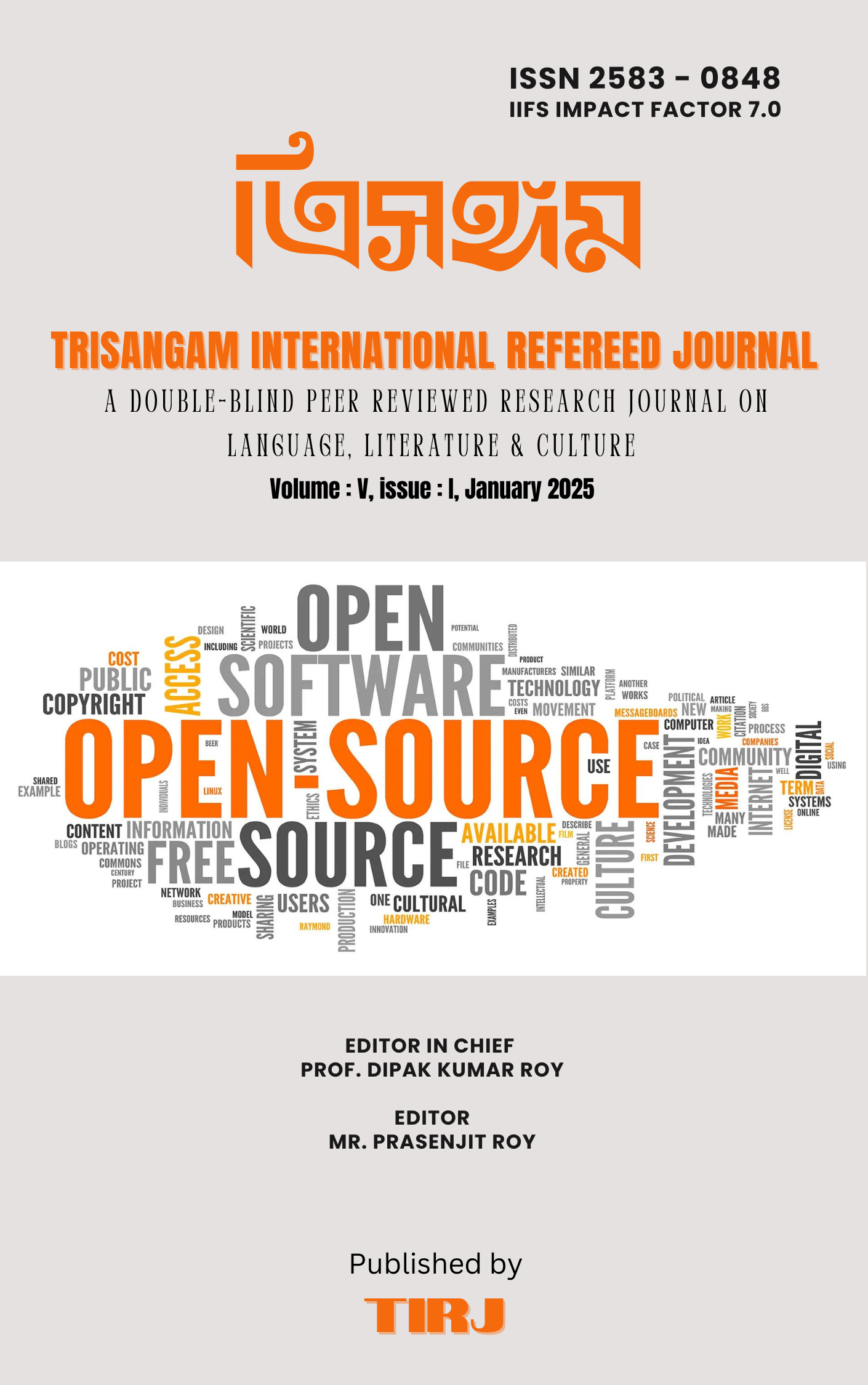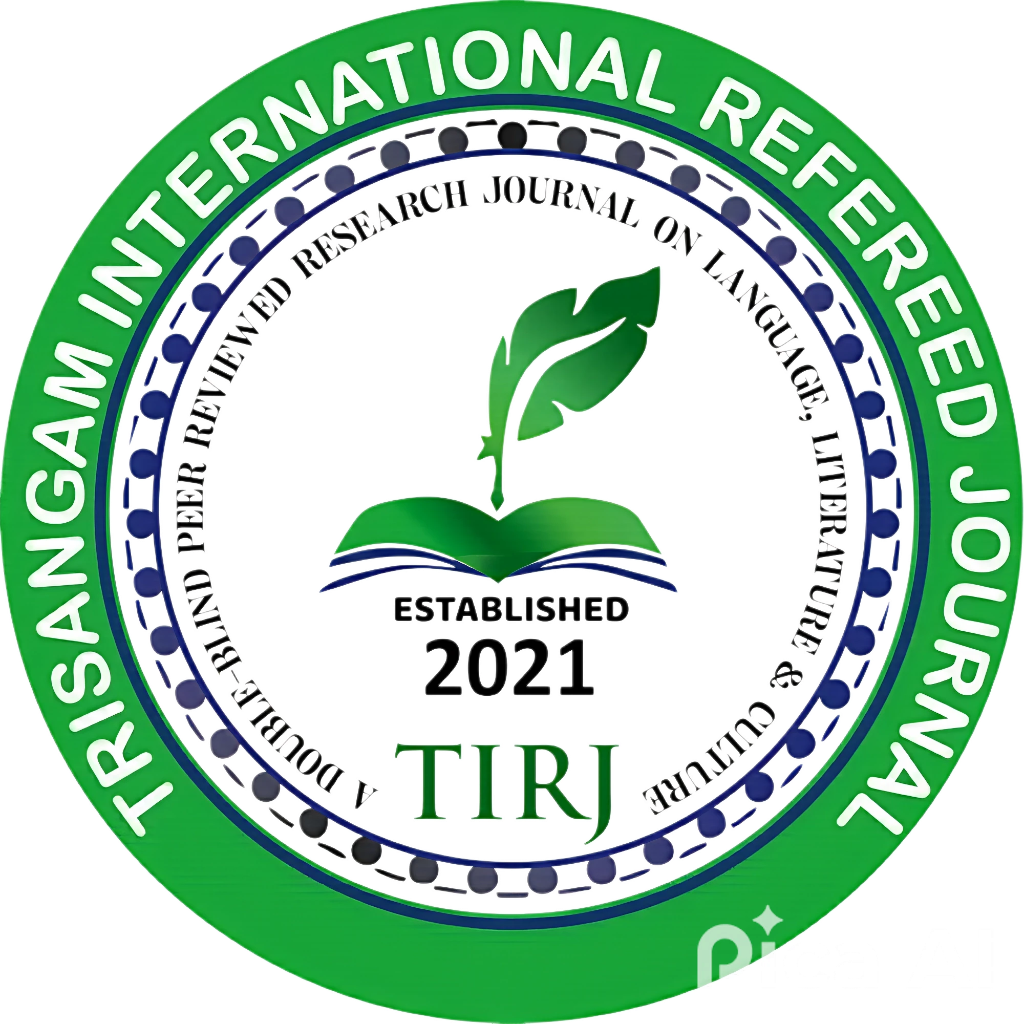Authentic and Inauthentic existence in relation with the concept of Death and Temporality in Heidegger’s Philosophy/ হাইডেগারের দর্শনে যথার্থ ও অযথার্থ অস্তিত্বের সঙ্গে মৃত্যু ও কালিকতার ধারণার সম্বন্ধ নিরূপণ
Keywords:
- Being,
- Existence,
- Fallenness,
- Dasein,
- Authentic,
- Facticity,
- Inauthentic,
- Death
Abstract
Martin Heidegger stands out as one of the greatest philosophers in the contemporary period. Martin Heidegger’s 1927 publication, Sein und Zeit (translated as Being and Time, 1962), can plausibly be considered the most influential philosophical text of the twentieth century. Heidegger’s philosophy develops through what is most characteristic in his style as well as in his subject matter—the repetition/revision that also characterizes the work of deconstruction. The entity which in Sein und Zeit anticipates the end of its existence and is thus capable of freely taking over its own being, now belongs together with being on the basis of an unfolding that withholds itself. In each case the relationship between Dasein and being eludes the conceptualizations that dominate metaphysics. Heidegger invented various terminologies in his existential analysis of human existence. The human existence posited for him two possible modes of existence: authentic and inauthentic modes of existence. In authentic existence, man fully attained consciousness of the self which leads to self-realization and eventual self-actualization and fulfilment. On the contrary, inauthentic existence cripples an individual person within the ambiance of "they" and the individual's ownmost potentiality-for-being remains in the "they". Being in the world is one of the constituent elements of ‘dasein’. Care as the totality of the mode of man’s existence in the world comprises three aspects, namely: Existentiality, Facticity and Fallenness. Inextricably relation with concept of being-in-the-world is the concept of temporality. In the context of the analytical article, authentic and inauthentic existence in relation with the concept of death and temporality in Heidegger’s philosophy.
Downloads
References
১. Hubert L. Dreyfus, Being-in-the-World: A Commentary on Heidegger’s Being and Time, Division I. 1995, 1
২. Hubert L. Dreyfus, Being-in-the-World: A Commentary on Heidegger’s Being and Time, Division I. 1995, 1
৩. Hubert L. Dreyfus, Being-in-the-World: A Commentary on Heidegger’s Being and Time, Division I. 1995, 3
৪. Heidegger Martin, Being and Time, Translated by John Macquarrie & Edward Robinson, Blackwell publishers (UK), 1967, P. 33
৫. Heidegger Martin, Being and Time, Translated by John Macquarrie & Edward Robinson, Blackwell publishers (UK), 1967, P. 165






